
For decades, the rumble of a combustion engine, the scent of gasoline, and the tactile engagement of a manual transmission defined what it meant to be a true car enthusiast. Many of us, myself included, have built our lives around this deep-seated passion, meticulously tracking automotive trends, owning a string of quirky, high-mileage machines, and even working for renowned car magazines. It was a world where flaws were character, and horsepower often equated to happiness, despite the practical realities of daily life.
Yet, as the automotive landscape shifts with unprecedented speed, the time has come to challenge these long-held assumptions. The notion that electric vehicles (EVs) lack soul or can’t satisfy the desires of a ‘die-hard gas fan’ is rapidly dissolving, replaced by a compelling reality. My own journey, from owning 13 gas-burners over five years and serving as reviews editor at Road & Track to leasing a 2024 Chevy Blazer EV, is a testament to this profound shift. It’s a story not of compromise, but of discovering a new, more profound sense of automotive fulfillment.
This isn’t just about statistics or environmental mandates; it’s about a tangible, day-to-day improvement in the driving experience, a smarter approach to personal mobility, and a genuine connection to what truly matters in a vehicle. It’s time to explore why, even for the most ardent gas car loyalist, your next car might just be an EV.
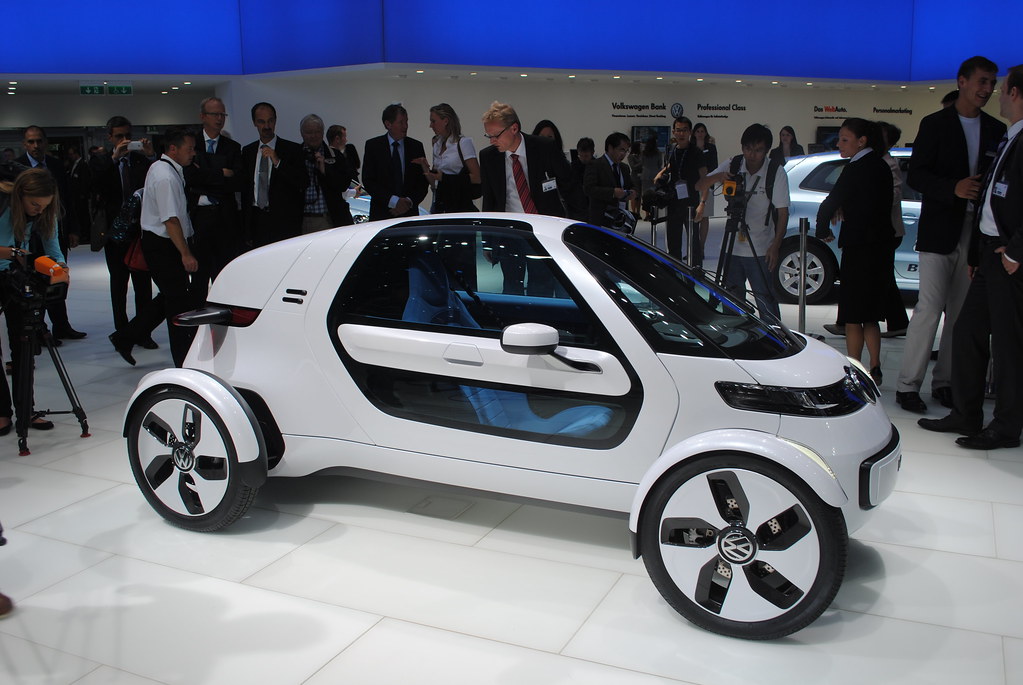
1. **The Unexpected Conversion: From Gas Fanatic to EV Enthusiast** My automotive journey has been anything but conventional. Unlike most self-described combustion aficionados who might have simply owned a few fun cars or kept up with magazine covers, I dove headfirst into that world. Over the course of five years, I amassed a collection of 13 gas-burners, almost all of them old and well-worn, transforming my passion from a hobby into a way of life, culminating in my role as reviews editor at Road & Track. For me, cars were the ultimate tool for exploration, a means to far-flung adventures, and that wild-eyed wonder was a guiding force.
However, that youthful zeal has somewhat faded. These days, I find little interest in the perennial obsession with driving the hottest new car. Instead, I’ve discovered more genuine enjoyment in back-woods adventures with a beaten-up truck than in manufacturer-sponsored supercar drives across the globe, not least because the ethics of such events have come to feel a bit “icky.” This evolving perspective, coupled with an unexpected call to work at InsideEVs, prompted me to finally take a deliberate step into the future of automotive technology.
It was this shift that led me to lease a new EV—a 2024 Chevy Blazer EV. This wasn’t a reluctant concession; it was a conscious embrace of what’s next. Having dedicated my life to dissecting the nuances of car media and driving countless vehicles, I’ve seen enough to recognize that some entrenched enthusiast opinions—like the insistence on manual transmissions or the belief that more horsepower automatically equals more happiness—are often outdated virtue signals or simply disconnected from practical reality. The transition, for me, has been not just smooth, but genuinely rewarding.
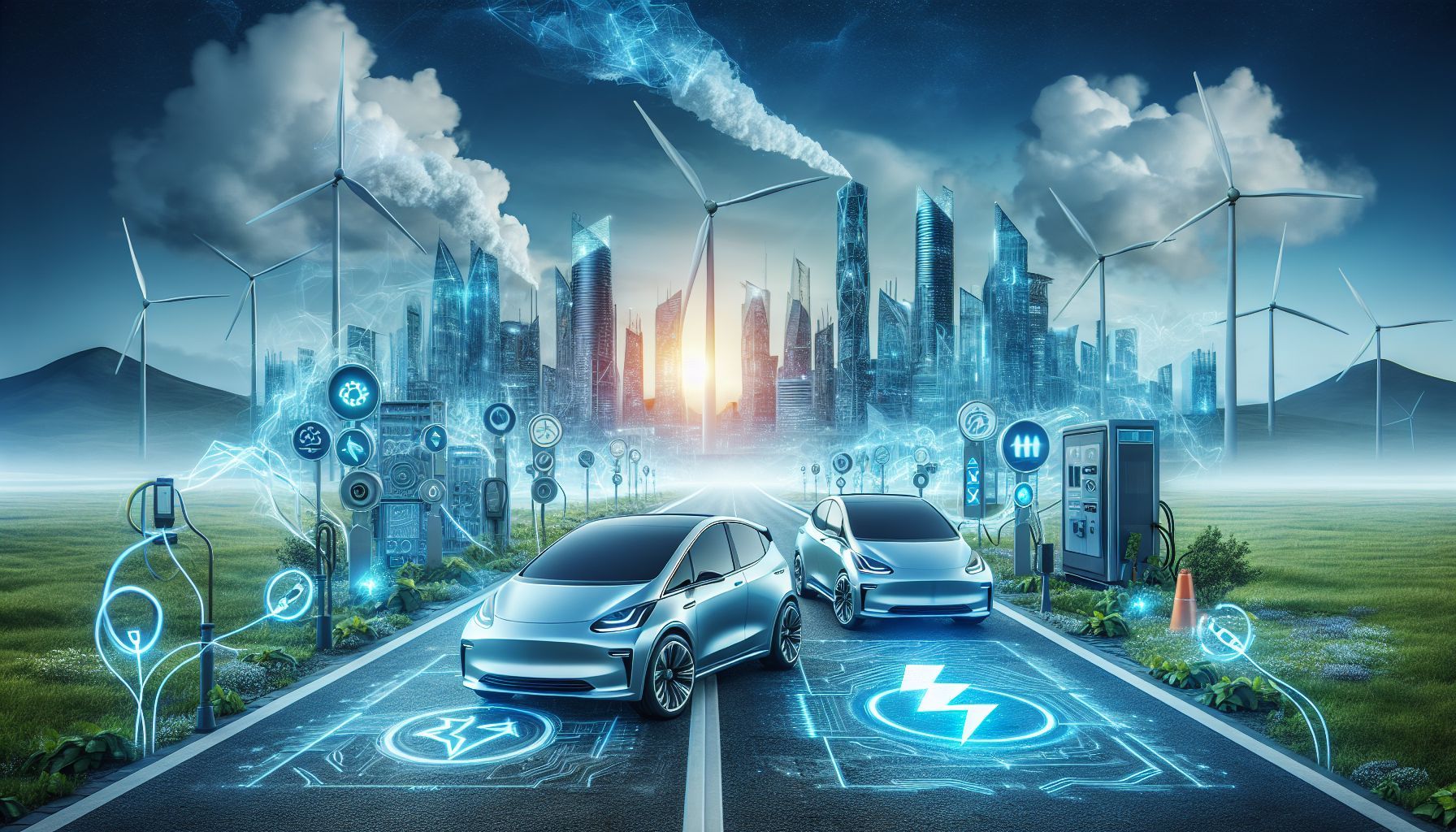
2. **Reimagining “Character”: Why EVs Excel Where Gas Cars “Fail”** One of the most frequent criticisms leveled against electric vehicles by traditional “enthusiasts” is that they supposedly lack character or aren’t interesting. What they often mean by this, I’ve come to understand, is simply that EVs don’t have the same kinds of flaws that internal combustion engine (ICE) cars do. This perspective is a common side effect of consuming too much media that glorifies what cars *can* be at their theoretical height, rather than what they genuinely *are* in practice. And, to be fair, it’s a sentiment I completely understand, having once shared it myself.
Take, for example, my Honda S2000—a quintessential example of how perceived flaws can indeed produce character. Its tiny, high-strung four-cylinder engine delivered virtually no power low in its rev range. To extract performance, you had to truly “wring the little bastard by the neck,” revving past 6,000 RPM, where most cars start to run out of breath, to feel that intoxicating surge of power that lasted all the way to its 9,000-RPM redline. This high-flying, hard-charging behavior was undeniably thrilling in perfect circumstances, and there are still few cars I’d rather have on a winding back road.
However, the crucial distinction lies in practicality. While the S2000’s demanding nature was its charm, it was also its limitation. An electric crossover, on the other hand, might not offer that same kind of raw, high-revving drama, but its lack of such “flaws” translates directly into a smoother, more immediate, and ultimately more enjoyable experience for the life I actually live. The absence of mechanical quirks becomes a profound benefit, allowing the vehicle to seamlessly integrate into daily routines rather than dictating them.
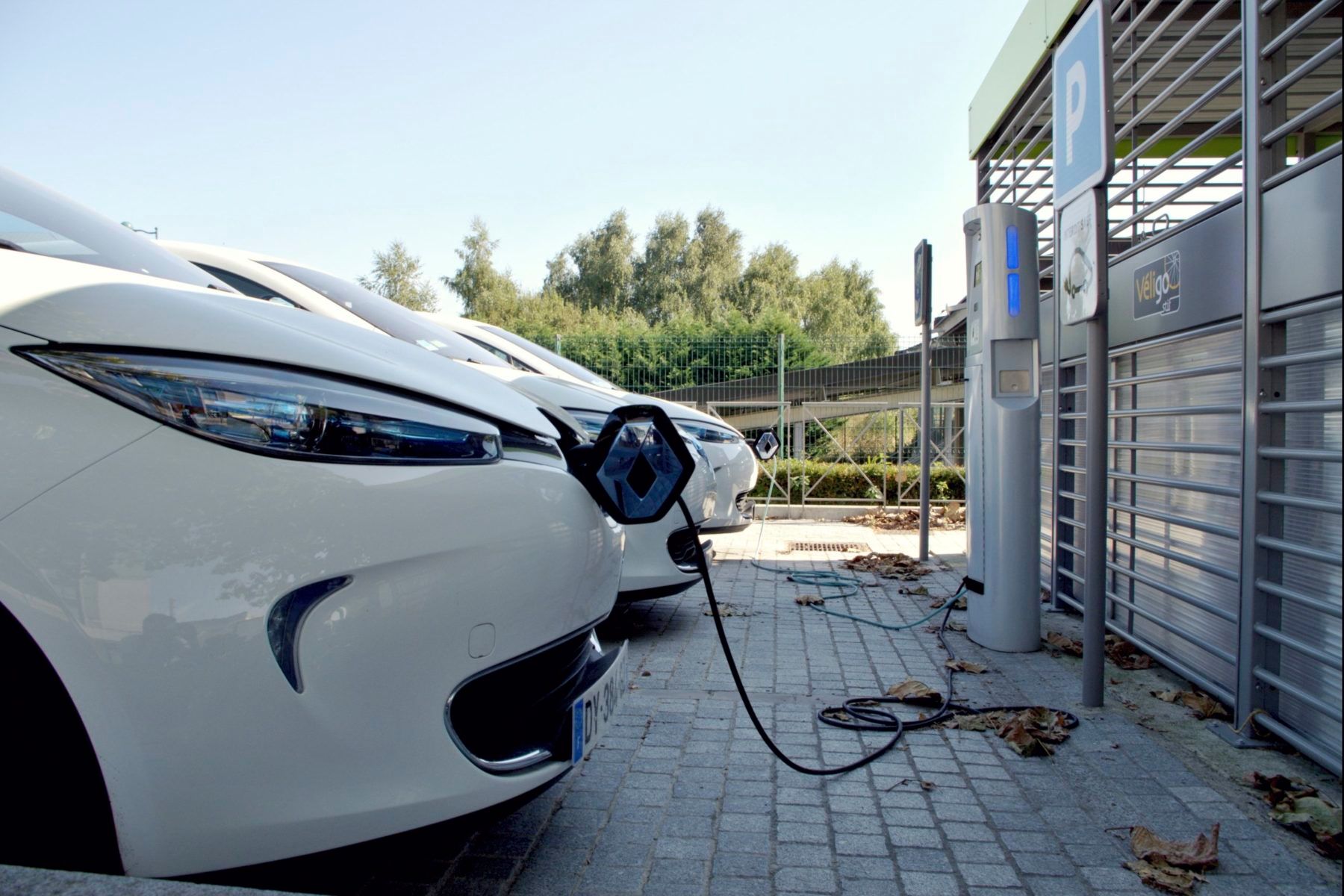
3. **Built for Real Life: The Practicality of EVs Beyond the Ideal** The romanticized image of a sports car carving up pristine mountain roads, while alluring, often clashes with the mundane realities of daily life. I, for instance, don’t live on a perpetual back road. My reality is a suburban-ish part of San Diego, a landscape dominated by traffic, errands, and the occasional commute to the climbing gym. The vast majority of people, whether they reside in dense urban, exurban, or even rural areas, face similar automotive demands that are far removed from the idealized track day or mountain pass.
For those living in country settings, roads are often straight, and for those near twisty mountain roads, there are perhaps only three months a year when a lightweight, rear-wheel-drive roadster like an S2000 would even be practical to drive. Any road salt would quickly corrode such a vehicle, significantly diminishing its value. A sports car, while undeniably fun, simply isn’t a good solution for an active individual with hobbies, friends, or a busy life that extends beyond the garage.
After a decade spent enduring hours of traffic and highway slogging in pursuit of ‘The Perfect Road,’ I’ve accepted that my needs are no different from most. I no longer seek a car perfectly tailored for an idealized life of endless road trips to pristine mountain tops. Instead, I desire a car for the life I actually live—one that handles daily traffic, occasional road trips, and countless errands with effortless grace. My Blazer EV has proven itself absolutely perfect for this purpose, quietly and efficiently serving as the ideal tool for my everyday existence.
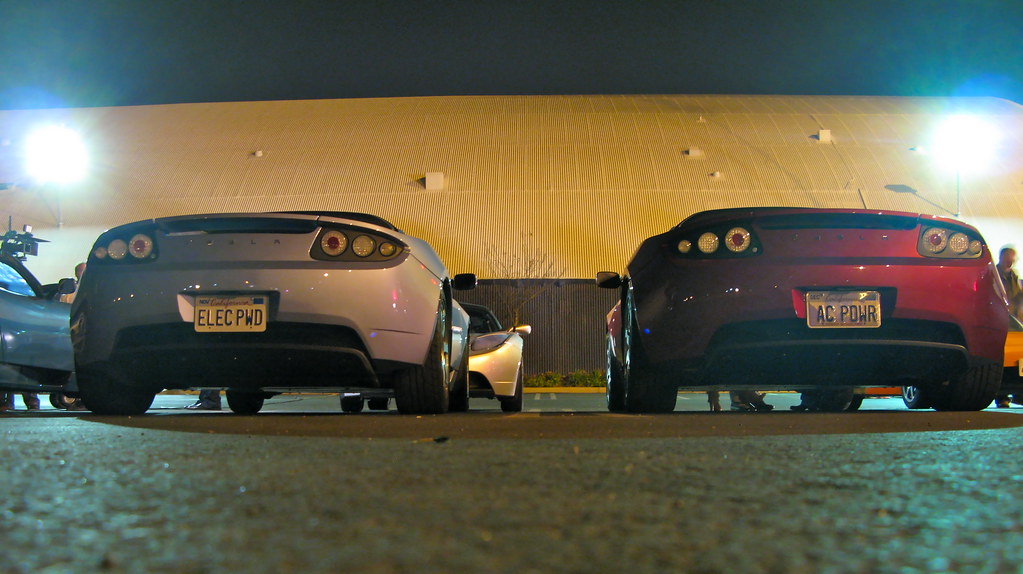
4. **Silence, Speed, and Seamlessness: The Unrivaled EV Driving Experience** The visceral experience of driving an electric vehicle is unlike anything a traditional gas-powered car can offer. Imagine a powertrain so quiet it rivals the smoothest BMW inline-six engine, yet delivering power with an immediacy that redefines responsiveness. The Blazer EV, for instance, rides beautifully, unburdened by the necessity of being either a raw sports car or a rugged truck, allowing it to prioritize comfort and quiet refinement.
One of the most compelling aspects of EV driving is the feeling of a 1-to-1 relationship between your right foot and the rate of acceleration. There’s no delay, no waiting for a dawdling transmission to downshift or an engine to spool up. The instant torque delivery of an electric motor means that a quick press of the throttle rockets you forward with more immediacy than even the best internal combustion car can manage, offering a sensation of effortless power that is genuinely addictive. This direct connection makes driving both intuitive and deeply satisfying.
Most captivating of all is the experience of driving an EV at night. There’s a unique joy in zooming onto a dark highway without any noise or drama, blasting into the night lit by nothing but crisp LED headlights. It’s that moment when a quick break in traffic allows for an immediate surge forward, all in smooth, effortless silence, completely free of tailpipe emissions. This quiet, drama-free propulsion fundamentally changes the driving experience, transforming it into something calmer, more focused, and remarkably more enjoyable.
Car Model Information: 2025 Volkswagen Atlas 2.0T SE
Name: Chevrolet Blazer EV
Caption: 2024 Chevrolet Blazer EV 2LT (Canada)
Manufacturer: General Motors
Production: November 2023 – present
ModelYears: 2024–present
Assembly: Ramos Arizpe, Coahuila
Class: Mid-size crossover SUV
BodyStyle: SUV
Layout: unbulleted list
Platform: GM BEV3
Related: unbulleted list
Motor: Permanent magnet motor
Battery: Ultium,lithium-ion
ElectricRange: United States Environmental Protection Agency,85 kWh AWD: {{cvt,279,mi
Charging: unbulleted list
Wheelbase: cvt
Length: cvt
Width: cvt
Height: cvt
Weight: cvt
Categories: 2020s cars, All-wheel-drive vehicles, All Wikipedia articles written in American English, All articles with bare URLs for citations, Articles with bare URLs for citations from August 2024
Summary: The Chevrolet Blazer EV is a battery electric mid-size crossover SUV manufactured by General Motors under the Chevrolet brand. Introduced in 2022, the model went on sale in mid-2023 in North America. The model offers up 320 miles (510 km) of range. It is produced at GM’s plant in Ramos Arizpe, Mexico. The Blazer EV also won the MotorTrend SUV of the Year Award (SUVOTY) for 2024.
Get more information about: Chevrolet Blazer EV
Buying a high-performing used car >>>
Brand: Chevrolet Model: Blazer EV
Price: $40,000 Mileage: 8,605 mi.
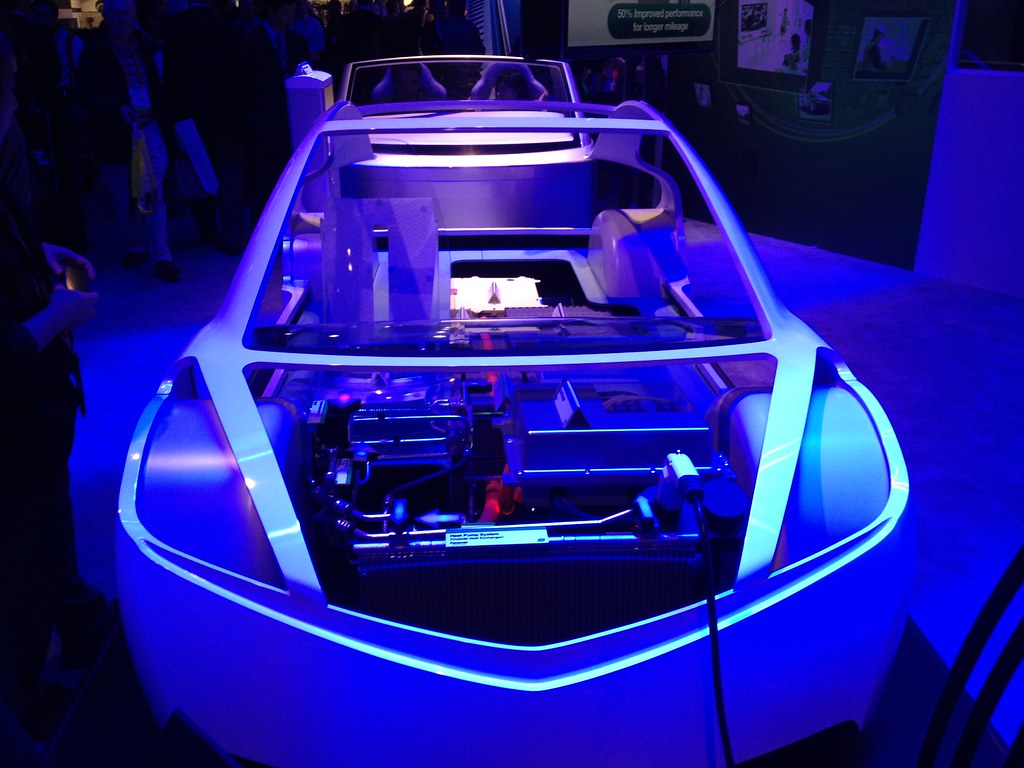
5. **Beyond the Hood: The Integrated Tech and Modern Conveniences of EVs** As someone who once derided screens and celebrated the simplicity of a double-din stereo for its repairability, my perspective on in-car technology has undergone a significant transformation. It’s okay, I’ve found, to admit that having Google Maps and Spotify seamlessly built directly into my car is incredibly convenient and enjoyable. The integrated nature of these systems surpasses mere phone integration, offering a fluid and intuitive user experience that traditional gas cars often treat as an afterthought.
Beyond entertainment, the technological advancements in EVs deliver practical safety and convenience features that genuinely enhance daily life. I love having a 360-degree camera, which makes parking and maneuvering in tight spaces effortless, and a power tailgate, adding a touch of modern luxury to mundane tasks. More critically, the knowledge that I have modern safety systems, like automatic braking with pedestrian detection, provides a significant layer of peace of mind. While the traditionalist in me once wanted to complain that humans should drive without electronic aids, a century of automotive history has shown the life-saving potential of these innovations.
The subtle yet profound conveniences extend to the fundamental operation of the vehicle. I appreciate that my EV doesn’t need to be consciously turned on or off; like any modern electronic device, it intuitively activates when I begin using it and powers down when I walk away. The ability to heat the cabin without waiting 15 minutes for an engine to warm up, whether driving or using remote start, is a revelation. These thoughtful integrations, from smart software to immediate climate control, significantly improve the everyday ownership experience, making life simpler and more comfortable.

6. **Unburdening Your Wallet: The Financial Advantages of EV Ownership** One of the most compelling arguments for making the switch to an electric vehicle is the undeniable financial benefit over the long term. While gas prices fluctuate wildly and can represent a significant portion of a household budget, the cost to charge an electric car is consistently cheaper and far more stable. An EV is inherently more efficient at converting energy into motion; fully electric vehicles convert more than 77% of energy into movement, a stark contrast to gas-powered cars, which only manage between 12% and 30%, with much of the rest lost as heat.
This superior efficiency translates directly into significant savings on “fuel” costs. A study by the Zero Emission Transportation Association (ZETA) in March 2022 estimated that the per-mile cost of driving an EV is, on average, three to five times lower than driving a gas-powered vehicle. In states with lower electricity prices, this can be even more dramatic, with some EVs proving up to six times cheaper to drive. The Department of Energy’s eGallon tool provides up-to-date estimates, making it easy to see the potential savings in your area. For the average electric car owner with an at-home charger, savings can reach up to $1,000 a year on fuel compared to gas car drivers.
Beyond the charging costs, EVs also boast significantly lower maintenance expenses. With considerably fewer moving parts—an electric motor has only two compared to dozens or hundreds in a gas engine—EVs require less maintenance and fewer repairs. This means owners save thousands of dollars over the vehicle’s lifespan, with reduced needs for oil changes, transmission fluid, and other regular fluid top-offs. Furthermore, the higher initial purchase price of EVs is often offset by a variety of federal, state, and utility incentives and rebates. Buyers can secure a new Equinox EV with 319 miles of range and an advanced Google-ified infotainment system for under $30,000, while my own Blazer EV, despite optional features like a panoramic moonroof and surround-view camera, was cheaper to lease than a Honda Civic. Even a Tesla Model 3 can be roughly in line with mid-range Honda Accords when considering tax credits.

7. **A Breath of Fresh Air: The Undeniable Environmental Impact of EVs** Perhaps the most significant and widely recognized advantage of electric vehicles is their profound positive impact on the environment. Unlike gas-powered cars, which emit carbon dioxide and a host of other dangerous gases and fumes directly from their tailpipes, all-electric vehicles produce zero tailpipe emissions. This direct elimination of harmful pollutants contributes immediately to cleaner air in our communities and plays a crucial role in addressing global warming and climate change.
While critics often raise concerns about the source of electricity used to charge EVs, suggesting it negates their environmental benefits, this argument doesn’t hold true over time. The U.S. electricity grid is rapidly getting cleaner, with renewables accounting for 20% of total power generation in 2021 and continuing to be the fastest-growing energy source. A game-changing study by the International Council on Clean Transportation (ICCT) found that lifetime emissions for an EV in the U.S. are between 60-68% lower compared to a gas-guzzling vehicle, unequivocally debunking the “dirty energy” myth.
Beyond carbon emissions, EVs also significantly reduce noise pollution. Internal combustion engines are inherently noisy, contributing to a constant hum that impacts residential areas and disturbs wildlife. Electric motors, by contrast, operate with a relatively quiet hum, creating a quieter ride within the cabin and fostering better living conditions for people and less disturbance for the natural world. Moreover, many modern electric vehicles, such as the Fisker Ocean, are designed with environmental sustainability in mind, incorporating natural materials and recycled plastics into their construction. Owning an EV is a tangible way to actively participate in building a greener, more sustainable future for our planet.
Even as a die-hard gas fan, my journey into the world of electric vehicles has revealed a multitude of benefits that extend far beyond the initial practicalities. The shift to EVs isn’t just about saving money or simplifying your commute; it’s about embracing a technological leap that fundamentally redefines the automotive experience, from environmental impact to integrated capabilities and overall convenience. Let’s delve deeper into why, for any discerning driver, the future is undeniably electric.
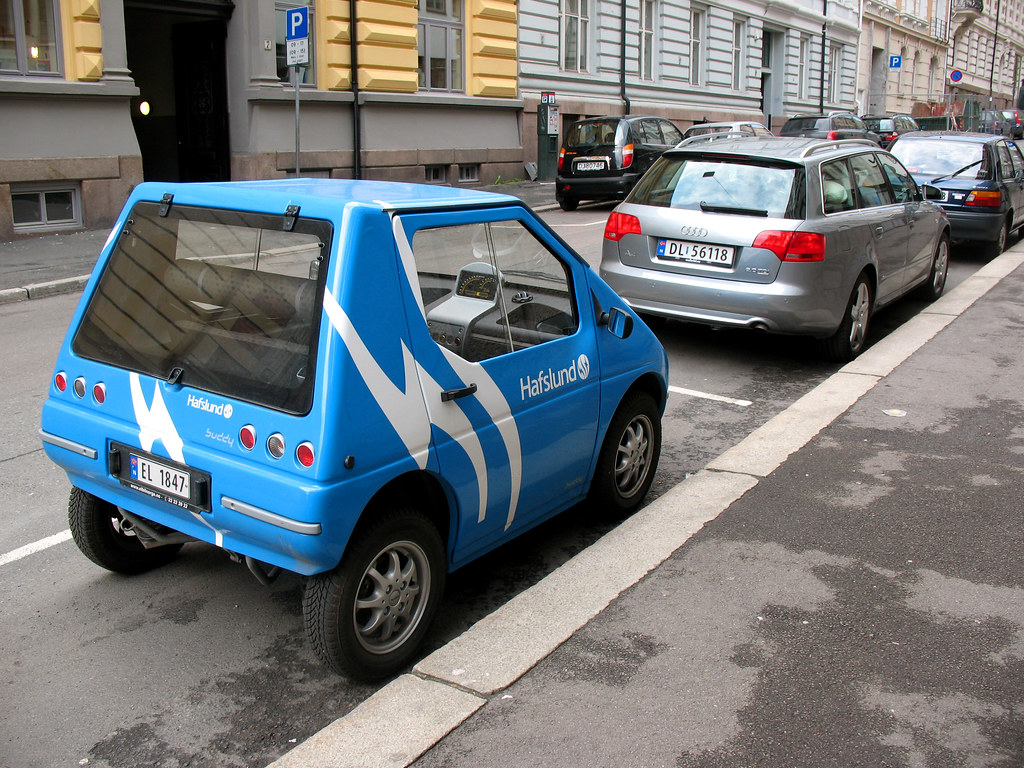
8. **Debunking the Manufacturing Myth: A Closer Look at EV Lifecycle Emissions**One of the most persistent criticisms leveled against electric vehicles revolves around the environmental impact of their manufacturing process, particularly the production of batteries. Critics often highlight the extraction of metals and minerals, along with the energy and water consumed during processing, refining, and transportation, suggesting these activities negate the EVs’ zero tailpipe emissions advantage. This argument posits that the initial ‘carbon debt’ incurred during production makes EVs just as environmentally detrimental as their gasoline counterparts.
However, this narrative is largely a myth that has been thoroughly debunked by comprehensive research. A game-changing study conducted by the International Council on Clean Transportation (ICCT) in 2018 provided clear evidence that an electric vehicle’s higher emissions during the manufacturing stage are quickly ‘paid off.’ According to their analysis, this ’emissions debt’ is recouped after only approximately two years of driving an EV compared to an average conventional gasoline vehicle. This timeframe drops even further, to about one and a half years, if the EV is charged using renewable energy sources.
Furthermore, the environmental impact of battery manufacturing is far from static; it is rapidly declining. The ICCT report highlighted that grid decarbonization offers a significant opportunity to reduce these emissions, with a 30% decrease in grid carbon intensity potentially reducing emissions from the battery production chain by about 17%. The increasing use of recycled materials and the development of battery chemistries with lower carbon intensity are also poised to significantly reduce the manufacturing phase’s environmental footprint. Additionally, the emergence of a ‘second-life battery’ market, where EV batteries can support the electric grid for years after their automotive life, further diminishes their attributable lifecycle emissions, solidifying their long-term environmental superiority.
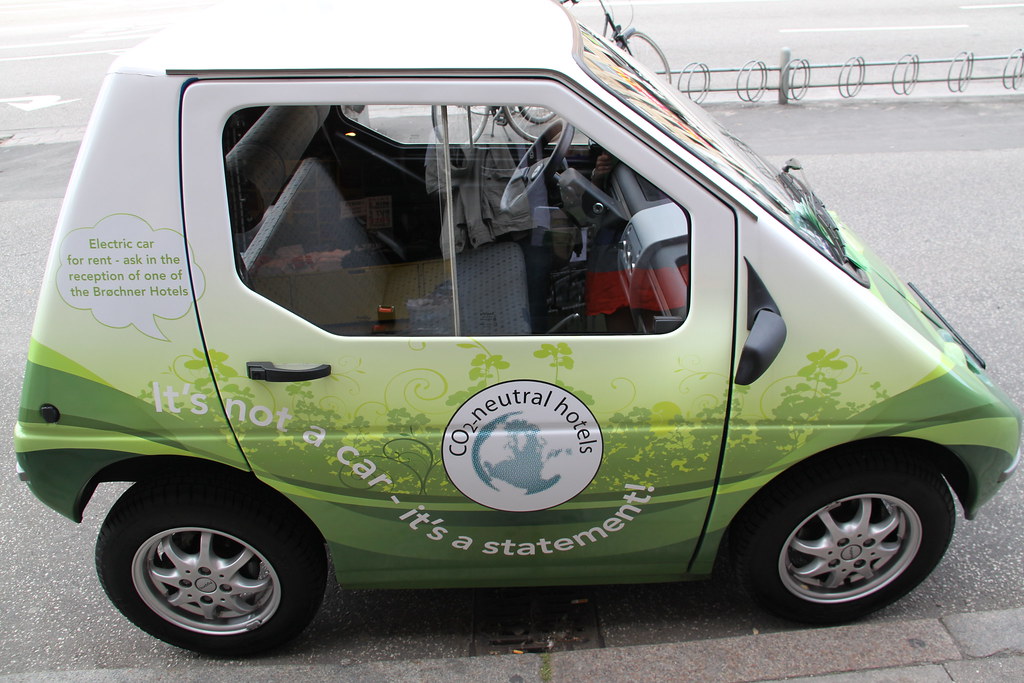
9. **Unlocking Inner Space: The Ingenuity of EV Interior Design and Cargo**Beyond their performance and environmental credentials, electric vehicles offer a less-talked-about but highly practical advantage: superior interior packaging and cargo flexibility. Unlike gas-powered cars, which are built around bulky internal combustion engines and complex drivetrains, electric motors and their associated components are far more compact. This fundamental difference frees up a surprising amount of internal real estate, allowing for innovative design choices that directly benefit passengers and their belongings.
This optimized layout means that an electric vehicle with the external footprint of a compact car can often boast the interior spaciousness typically found in a midsize vehicle. The absence of a large engine block under the hood, for instance, leads to the creation of unique and highly convenient cargo compartments. Many EVs, including popular models like the Ford F-150 Lightning and the Rivian R1T, capitalize on this by offering a ‘frunk’—a front trunk—providing additional, often secure, storage space that traditional gasoline vehicles simply cannot match. This thoughtful use of space enhances practicality for everyday errands, family adventures, and everything in between, making the EV experience remarkably versatile.
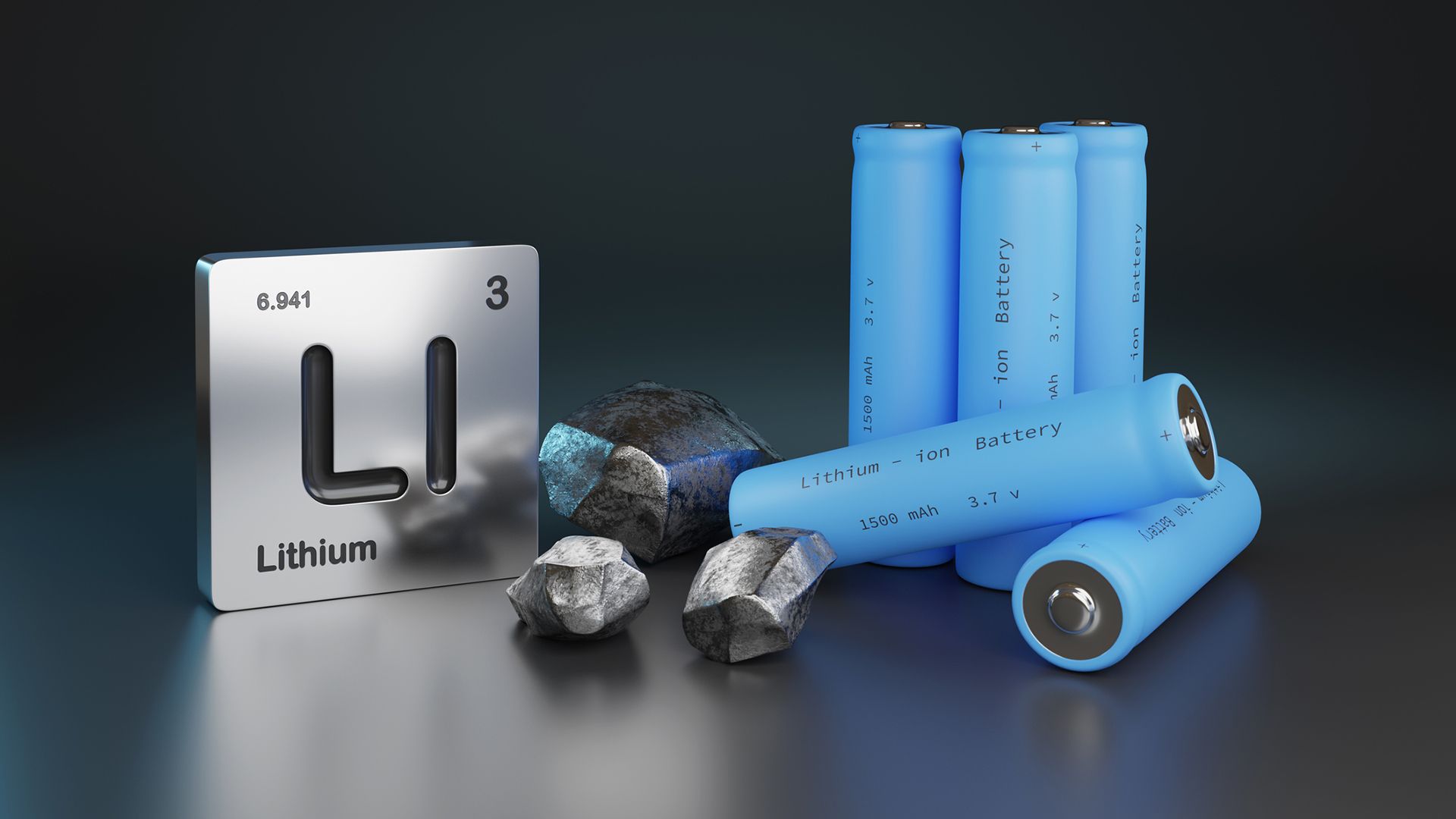
10. **The Torque Advantage: How EVs Conquer Any Terrain**For those who appreciate capability and versatility, particularly when venturing off the beaten path, electric vehicles present a major advantage over their gas-powered counterparts. The instant torque delivery characteristic of electric motors is a game-changer for off-road use. Unlike gasoline engines that need to build revs to access their peak power, an electric motor delivers its full torque instantaneously, right from a standstill. This immediate, seamless power is incredibly beneficial for navigating rough terrain, climbing steep inclines, or overcoming obstacles, providing a level of control and responsiveness that traditional vehicles struggle to match.
Beyond mere acceleration, the architecture of electric powertrains enables advanced off-road capabilities. Vehicles like the Rivian R1T electric pickup truck exemplify this, featuring separate electric motors for all four wheels. This design allows the vehicle to precisely channel torque to individual wheels as needed, dynamically adjusting power delivery to maximize grip and traction on challenging surfaces. This level of granular control over power distribution provides unprecedented stability and agility, transforming what were once difficult maneuvers into effortlessly managed tasks.
Furthermore, the compact nature of electric drivetrains contributes to another significant advantage for off-road enthusiasts: the ability to achieve high ground clearance. With less bulky components occupying space beneath the vehicle, designers can engineer designs that lift the vehicle higher off the ground. The Rivian R1T, for instance, can boast an impressive ground clearance as high as 14.9 inches, providing ample clearance to clear rocks, logs, and other trail impediments. This combination of instant torque, precise power control, and elevated ground clearance makes EVs surprisingly adept and often superior choices for tackling rugged landscapes.

11. **Driving Simplicity: The Intuitive Experience of EVs**There’s a common misconception that because electric vehicles are technologically advanced, they must be inherently more complex or difficult to drive. However, the reality is quite the opposite. EVs are often remarkably simpler and more intuitive to operate than their gasoline counterparts. This ease of use stems directly from their fundamental design: with considerably fewer moving parts—an electric motor has only two compared to dozens or even hundreds in a gas engine—EVs have fewer components that can complicate operation or break down, translating into a more straightforward driving experience.
One of the most profound examples of this simplicity is the widespread adoption of regenerative braking. This innovative system allows the electric motor to act as a generator when the driver lifts their foot off the accelerator, converting the vehicle’s kinetic energy back into electricity that recharges the battery. In many driving situations, particularly in urban environments or stop-and-go traffic, this means you can largely drive using just one pedal—the accelerator. Simply easing off the accelerator automatically slows the vehicle down, often to a complete stop, without needing to constantly shift your foot to the brake pedal. This ‘one-pedal driving’ feature reduces driver fatigue, streamlines the driving process, and makes the EV experience uniquely smooth and effortless, fundamentally reshaping how we interact with our cars.
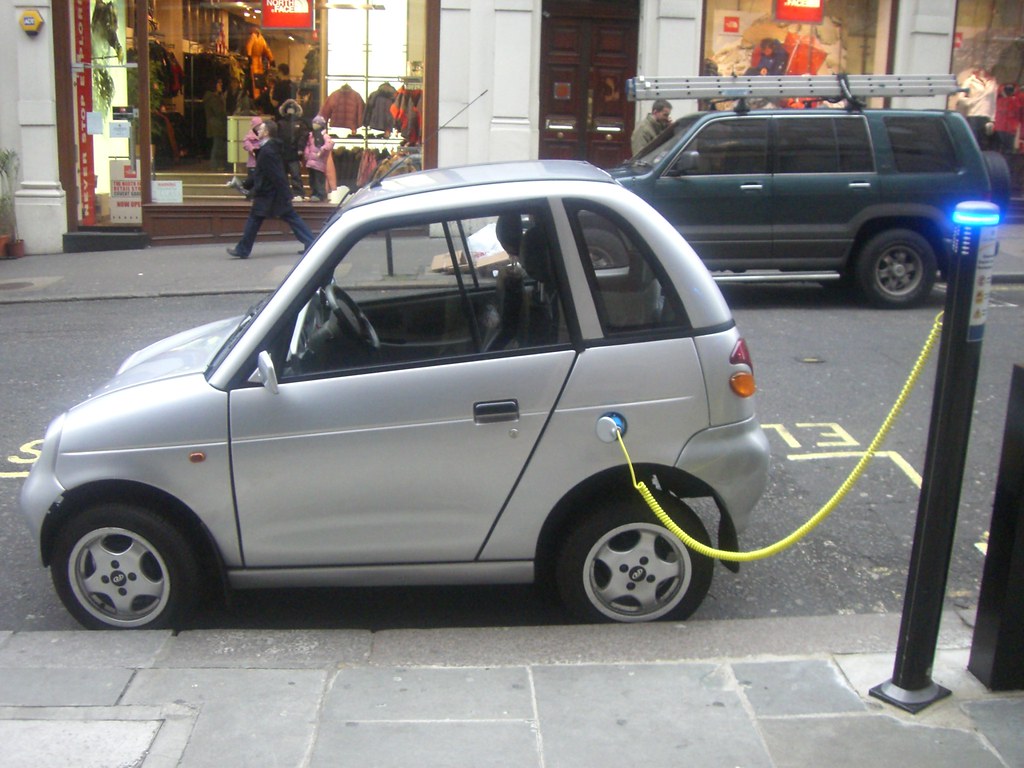
12. **Beyond the Price Tag: Maximizing Value with EV Incentives**While the initial purchase price of an electric vehicle can sometimes be higher than a comparable gasoline car, focusing solely on this upfront cost overlooks the significant financial benefits that accrue over the lifetime of EV ownership. To encourage adoption, federal, state, and even local utility providers offer a variety of attractive incentives and rebates that can substantially offset the purchase price. For example, the U.S. government provides up to a $7,500 Federal Tax Credit for eligible new EVs, making them a much more accessible option for many buyers. These incentives, when stacked, can result in significant savings that bring the cost of an EV well within reach of traditional vehicles.
Beyond these upfront savings, EVs consistently demonstrate lower overall ownership costs compared to gas cars, reinforcing their long-term financial wisdom. As previously noted, the cost to charge an electric car is typically three to five times lower than refueling a gas car, leading to substantial savings on ‘fuel.’ Furthermore, the reduced number of moving parts in an electric motor translates directly into significantly lower maintenance expenses. Owners save thousands of dollars over the vehicle’s lifespan due to fewer required oil changes, transmission fluid replacements, and other regular fluid top-offs inherent to internal combustion engines. This combination of purchase incentives and reduced running costs means that, over a three-year period, a vehicle like a Tesla Model 3 can cost around $10,000 less to own than a gas-powered car, highlighting the genuine economic advantage of going electric.

13. **The Green Commute: Leveraging EV Perks for Everyday Life**Beyond the profound environmental impact and advanced capabilities, electric vehicles also offer a suite of practical perks that significantly enhance daily life and commuting. For instance, many states, including California, Colorado, Maryland, and Florida, provide electric vehicle owners with access to High-Occupancy Vehicle (HOV) or carpool lanes, even with a single occupant. For those living in cities plagued by frequent traffic jams, this benefit alone can be a game-changer, dramatically reducing commute times and alleviating daily stress by allowing drivers to bypass congested roads.
Moreover, the infrastructure supporting EV ownership is continuously expanding, bringing with it additional conveniences. It’s increasingly common for commercial and public buildings to designate specific parking spaces exclusively for EVs, ensuring prime spots are available. Many cities and a growing number of businesses, including hotels and shopping malls, go a step further by offering complimentary EV charging. This combination of preferential parking and free charging options adds tangible value to EV ownership, making everyday errands and longer journeys more convenient and cost-effective.
Finally, the intrinsic quietness of electric motors contributes to a more serene driving experience for occupants and a calmer environment for communities. Unlike the constant rumble of internal combustion engines that contribute to noise pollution in residential areas, electric motors operate with a relatively quiet hum. This not only results in a more peaceful cabin but also fosters better living conditions for people and causes less disturbance for local wildlife, integrating the environmental benefit into a noticeable, everyday perk. These combined advantages, from streamlined commutes to quieter surroundings, underscore how EVs are designed to make your daily life simpler, more enjoyable, and truly future-ready.
The evolution of electric vehicles represents more than just a shift in propulsion; it’s a comprehensive reimagining of what a car can be. For those of us who once romanticized the raw mechanics of gasoline engines, the transition to EVs might seem daunting, perhaps even sacrilegious. Yet, as my own journey and the myriad advantages detailed here reveal, embracing electric doesn’t mean sacrificing passion or practicality. Instead, it offers a refined, responsible, and surprisingly compelling path forward, promising a future where driving is not only more efficient and sustainable but also fundamentally more intuitive and enjoyable. The open road is calling, and with an EV, it’s quieter, cleaner, and more exhilarating than ever before.



